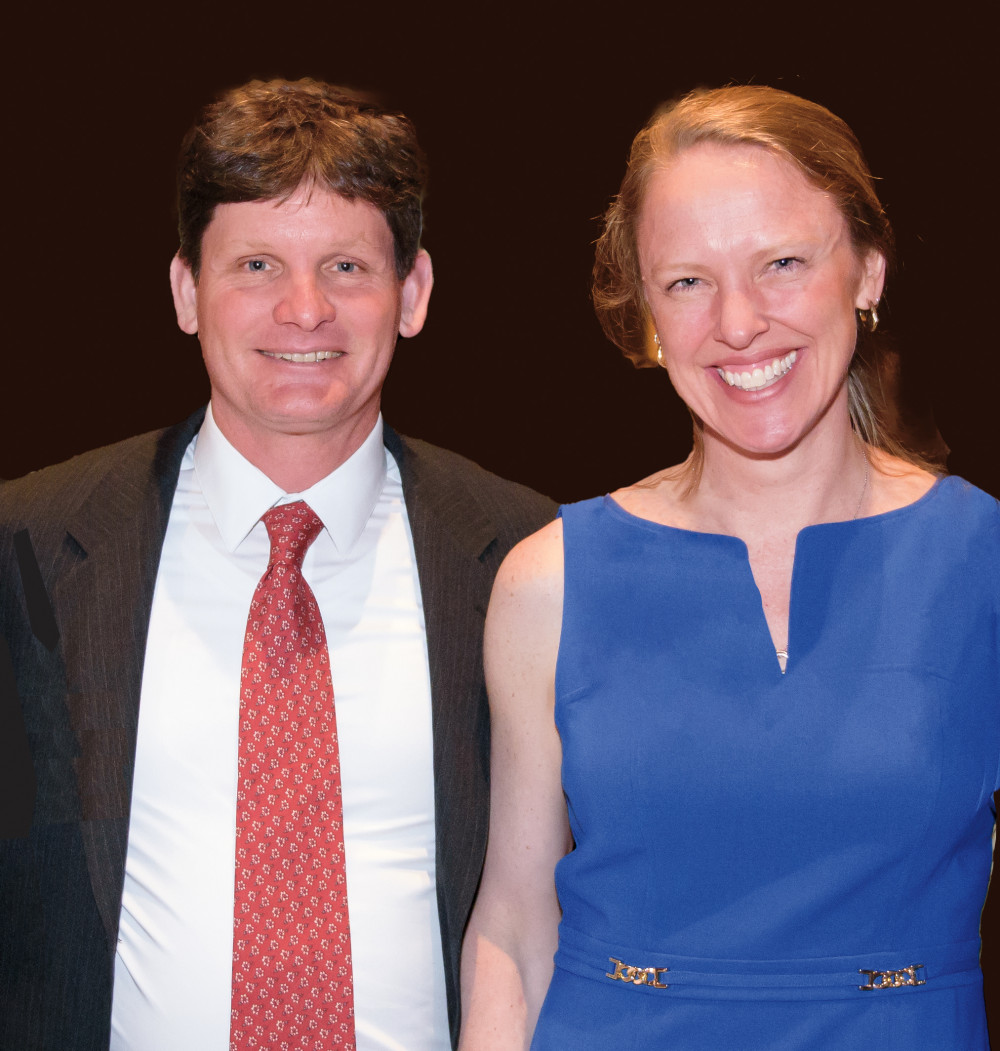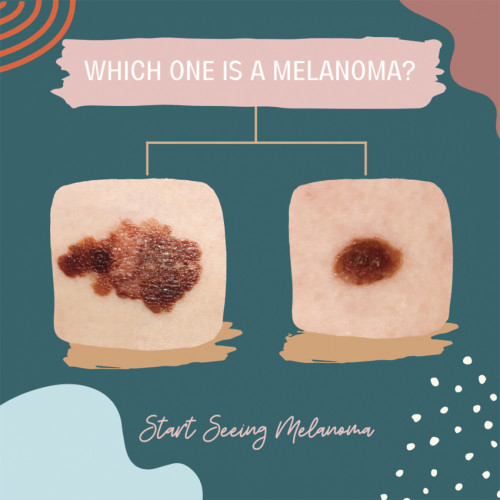Research: Can You Spot Skin Cancer? L&C Psychologists Share Expertise
In a state known for its gray skies and rain showers, it may come as a surprise that Oregon is in the top 10 nationally for rates of melanoma, a form of skin cancer that can be fatal or disfiguring if not treated at an early stage.
The public’s misunderstanding of melanoma risks brought Jerusha Detweiler-Bedell, professor of psychology and founding director of Lewis & Clark’s Center for Community and Global Health, and Brian Detweiler-Bedell, professor of psychology and director of the Bates Center for Entrepreneurship and Leadership, to their work on the Start Seeing Melanoma public health campaign, a collaborative project with Oregon Health & Science University (OHSU) and the University of Oregon.

“What marketers and dermatology experts don’t have is a psychological understanding of what people need to motivate themselves to adopt a new health behavior,” says Brian. “That’s where we as social psychologists and health psychologists step in.”

“It’s not just having knowledge of what you’re supposed to look for,” Jerusha says. “It’s also having self-efficacy—believing that you can be effective in identifying whatever the problem is.”
For Jerusha and Brian, work associated with the campaign is ongoing. Future steps include an academic paper and a second population survey for comparison with the hope that melanoma education among Oregonians has improved.
A key element of Jerusha and Brian’s research has been the involvement of undergraduate students through the Behavioral Health and Social Psychology Lab, which has long served as an avenue to engage students in the collaborative research process.
“In every iteration, we used the lab as a sounding board, with undergraduates giving us ideas about how to test something, how to intervene, and what that would mean in a social media campaign,” Brian says. “They were a brain trust all along the way.”
L&C Magazine is located in McAfee on the Undergraduate Campus.
MSC: 19
email magazine@lclark.edu
voice 503-768-7970
fax 503-768-7969
The L&C Magazine staff welcomes letters and emails from readers about topics covered in the magazine. Correspondence must include your name and location and may be edited.
L&C Magazine
Lewis & Clark
615 S. Palatine Hill Road
Portland OR 97219
More Stories

Shifting Gears
After a remarkable 51-year career in politics, Rep. Earl Blumenauer BA ’70, JD ’76 prepares to retire, leaving behind a sprawling legacy reflecting his commitment to livable communities, transportation, the environment, cannabis legalization, animal rights, health care, and more.

Data Processors
In a cross-school collaboration, Professors Greta Binford and Liza Finkel prepare middle and high school teachers to weave real-world data science into their environmental curricula.

Advantage: Lewis & Clark
The first phase of Lewis & Clark’s strategic planning effort sets the stage for institutional distinction. The new process is iterative and dynamic— responsive to a world that won’t stand still.

Musical Note: Good vibrations
What’s better than hearing music? Feeling it!